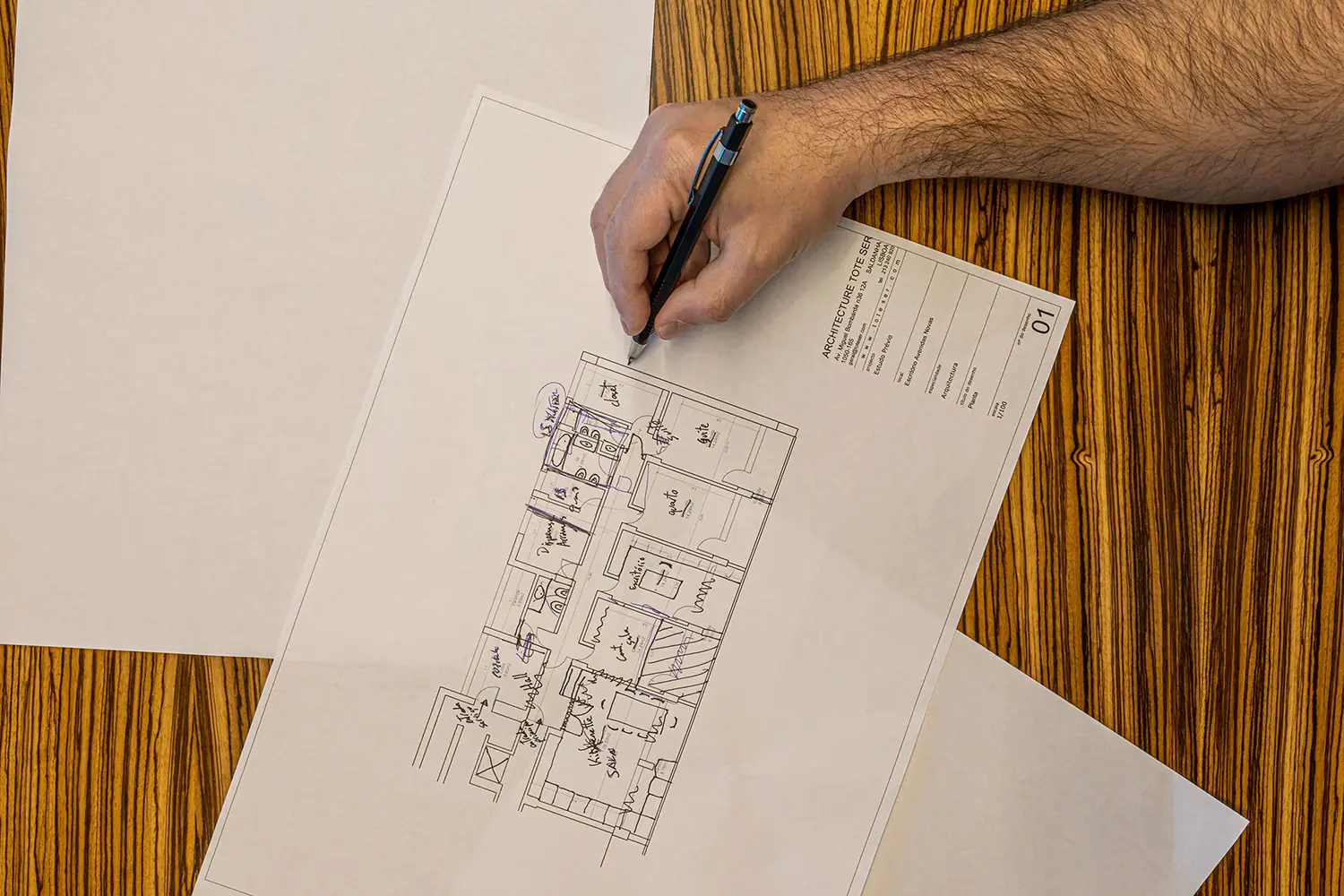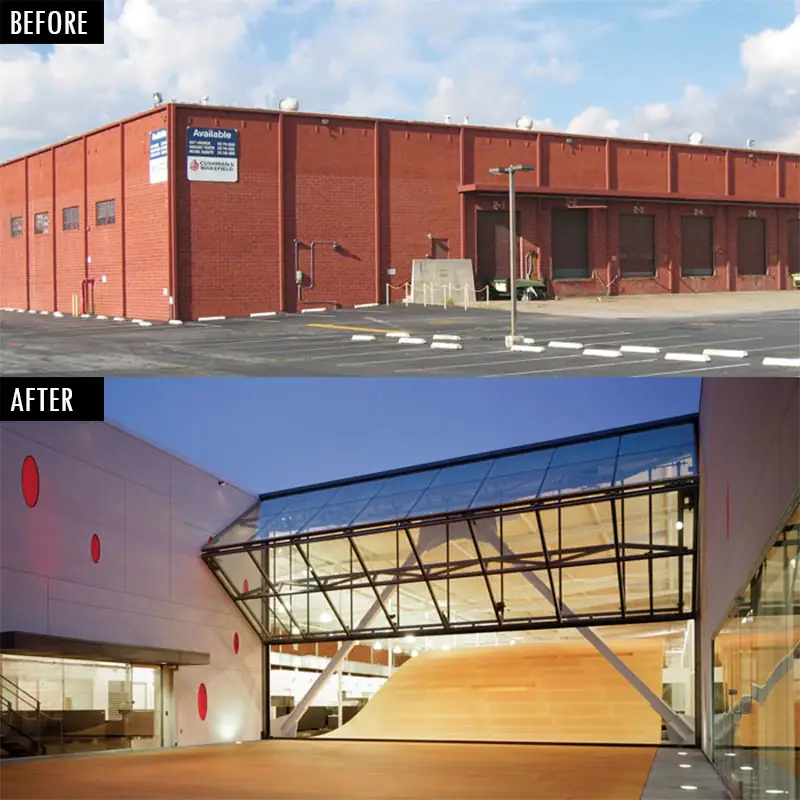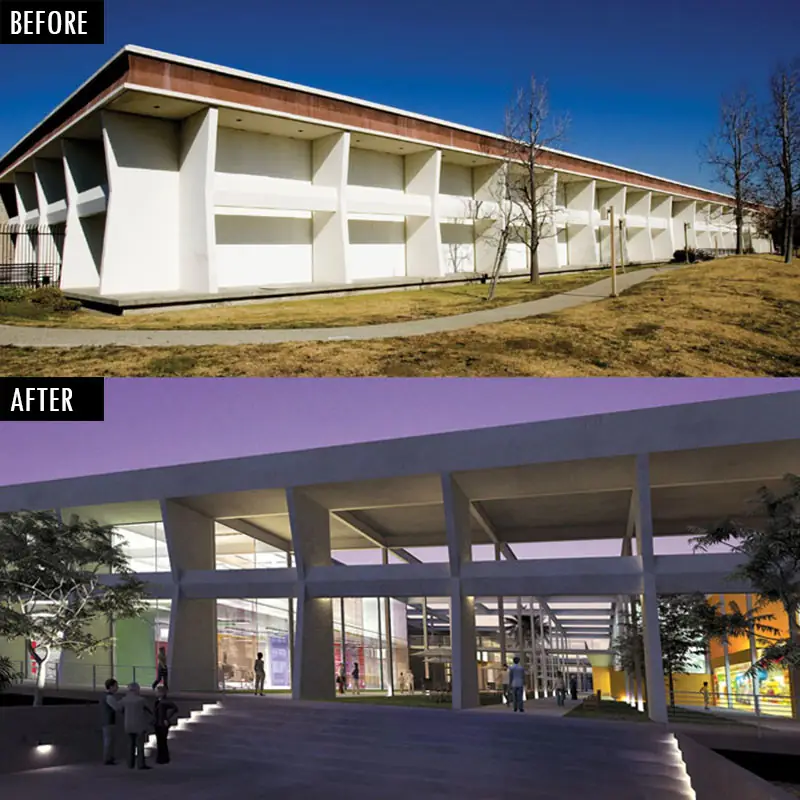The Art of Repositioning in Real Estate
You don't have time to read? Now you can listen.
We have been documenting the news and emerging trends in the real estate market in our weekly articles, in order to shed light on the guidelines that are being followed by the market. These days, many of us are working from home, or perhaps doing a home-office rotation. However, we can't help but compare our current lives with the ones we always lived: the same routine, the same routes to the office, the same people, the same rush and the list goes on. We are now faced with a completely different landscape than the one we became so accustomed to. CBD's lack their characteristic "rush", the office buildings are empty, there is abundant parking for cars and there are very few people on the streets - and this panorama makes us ask: How will things be going forward?
The pandemic has accelerated a radical change in the world of work. The era of single-purpose office buildings is coming to an end and that reality is being driven by a series of social disruptions, including technological advancements, widespread outsourcing and workforce mobility. These changes started to allow companies to operate more efficiently with less, forcing owners to rethink the role of the office hierarchy, the depth of the leases, the physical presence and the permanence of the space. Currently, investors must ensure that their real estate assets have a wide versatility, enabling strategic repositions and therefore valuing assets and reducing risk through their flexibility. The time to reposition and reuse assets is now.
As they prepare for uncertainty in 2021, many real estate investors are being cautious about their next steps. "Now is not the time to make a 'forever' decision", said one interviewee in the emerging trends report by the world-renown consulting firm PWC. "There is no sense of what the long term will look like nor the future".

Photo by TOTE SER
While it is necessary to be cautious in an atmosphere of uncertainty, many respondents say they are keeping an eye on opportunities to reposition their portfolios, in order to stay ahead of trends they can anticipate with more confidence. One area where this phenomenon is particularly relevant is the retail sector, where the explosion of e-commerce during the pandemic has added a new urgency to transform properties and business models.
"It's all about finding the highest and best use for a property", said one interviewee. Whether it is a residential development on surplus land or the incorporation of new warehouses, real estate in this sector needs to be reinvented.
Lisbon is no exception and the feedback from our partners further underpins the current necessity to reposition the real estate landscape - not just in city centers, but throughout the country. TOTE SER has received, over the past 3 months, requests for assets that include high repositioning potential, leaving us in charge of analyzing market opportunities and reporting which investments have the most potential return and the most competitive capex. This results from a continued practice of 3 decades converting office buildings into residential and other uses. Among these are office buildings that are completely unoccupied, distressed hotels and, above all, vacant residential assets. The big trends now are undoubtedly the residential sector, co-working and the growing demand for logistics assets.
However, as simple as it may seem, the process of portfolio diversification consists of a series of strategies and associated management that guarantee the success of these repositioning works. It's here that the profitability and calculation of a project's success is verified. At this stage, what really matters is being able to count on a partner that provides the most advantageous conditions for the investor, accompanying him from the initial scouting, during the necessary works, to the strategic management of capex, ease of licensing and finally marketing of the asset. It's here, as in other businesses, that the big difference comes from hours, days, months and years of focus in repositioning works to obtain maximum value in the finished product, either in the promotion (purchase and sale) or in the lease for higher yields.

Redbull headquarters, before was a warehouse
TOTE SER aims to provide the highest quality of life and return on investment for its investors. But the factor that highlights it is the extent of its areas of operation. In addition to providing exclusive opportunities to its investors, TOTE SER's key trait is its ability to maximize profits in each project. And the same principle applies in this new trend. Yes, you can buy a closed hotel and transform it into residential, but does your partner have the local know-how and expertise to reduce capex costs as much as possible and make it more sellable?
Pat Hauserman, vice president of Tishman Construction, a company that belongs to AECOM, recommends evaluating a property from the point of view of an owner - a strategy that has been followed by TOTE SER for 30 years. "We ask questions about the asset's performance regarding the market rate, what its potential is and how it can be improved to increase its financial performance. Likewise, is it a 'to keep' or 'invest for resale' asset? Has the lease revenue been maximized? How little can be invested to get the best return?" The answers to these questions inform decisions about which design and construction approach will obtain the best potential asset value.
Structural modifications to buildings can be expensive but they are justified in providing owners with a wider range of design options, generating new and more profitable uses. However, substantial modifications to a building, such as total relocation or removal of the roof, pillars or walls, must be tactical and accurate in execution.

Old post office, now a shopping center
The location of a project can also be the main factor in the repositioning of the building due to its visibility. On the other hand, the reuse of a building and a good project, from the point of view of the best suitability for its most profitable use in a less sought after area, can reduce real estate costs to the point that the main changes become profitable.
Jennifer Brayer, HLW partner responsible for the design, renovation and updating of several million square meters of space at JPMorgan Chase, says that "the goal is to mitigate any costs arising from circumventing existing tenants, when possible, while still benefiting from maintenance of an existing cash flow". A smooth transition from one tenant population to another - for example, from lower to higher rents or from one sector to another - is the surest way to build something really viable and substantial. Brayer continued: "We have to think beyond the building; we want to invest in the construction, quality and well-being of a residence in the long term".